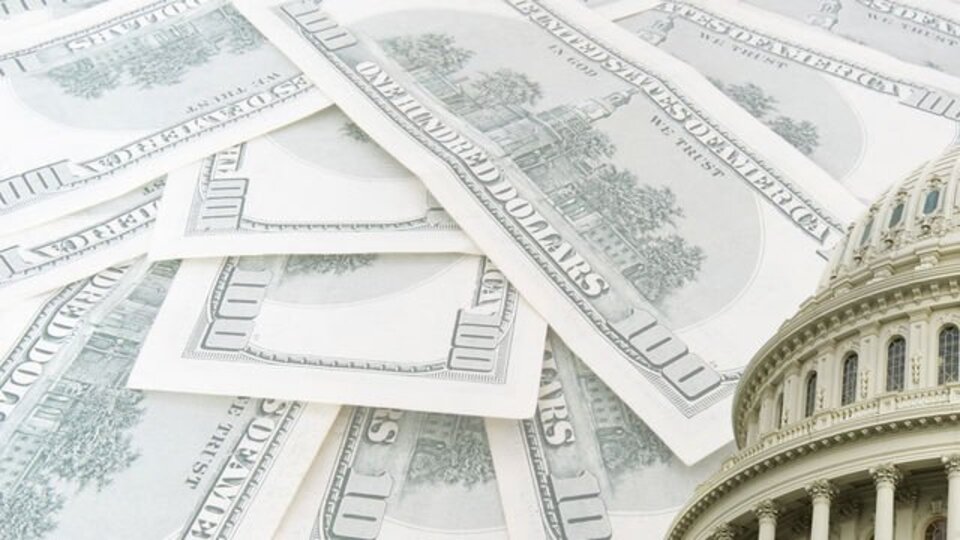
US Public Debt Reached Record Level: Exceeding 38 Trillion Dollars, Making History


US Public Debt Exceeds 38 Trillion Dollars
The total public debt of the United States, as of October 22, 2023, has surpassed 38 trillion dollars. This indicates an increase of one trillion dollars in just 82 days since the recorded 37 trillion dollars on August 2.
Debt Per Capita
The Peter G. Peterson Foundation noted that this debt amounts to 111 thousand dollars per individual in the US. Additionally, it reported that the total external debt of the US is equivalent to the gross domestic product of China, India, Japan, Germany, and United Kingdom combined.
Twice the Economic Production of the European Union
The Chairman of the House Budget Committee, Jodey Arrington, assessed the US's 38 trillion dollar debt as "the next major war of the US." Arrington emphasized that this amount is double the total economic production of the European Union.
Concerns About the Future
The Congressional Budget Office (CBO) predicts that by the year 2047, the debt could reach 200 percent of gross domestic product. The current public debt amount, which has exceeded 38.1 trillion dollars, increases every second, and it is expected to reach 39 trillion in the coming months.
Moody's Downgraded Credit Rating
The credit rating agency Moody's downgraded the US's credit rating from AAA to AA1 in May. The reason for this decision was cited as the failure to address significant annual budget deficits and increasing interest costs. As of September, the US government spent 1.21 trillion dollars on debt interest payments, which corresponds to 17 percent of the total federal expenditures for the fiscal year 2025.
Rising Interest Rates and Their Effects
In 2021, the average debt repayment interest rate was 1.61 percent, while this rate has now reached 3.36 percent. High government spending and an aging population, combined with increases in social security and healthcare costs, are putting the public's economy in a difficult situation.
Trump's Alternative Solutions
US President Donald Trump had suggested selling "Golden Visas" to wealthy immigrants as a way to reduce public debt. This method aimed to generate 5 trillion dollars in resources.
```.png)
Yakında Tüm Platformlarda
Sizlere kesintisiz haber ve analizi en hızlı şekilde ulaştırmak için. Yakında tüm platformlarda...







.png)